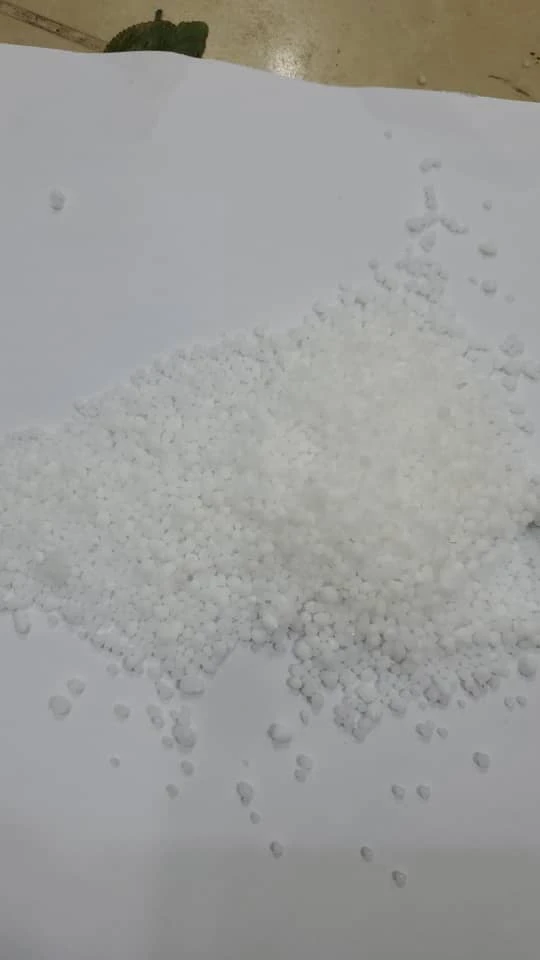



Effective Methods for Pool Water Disinfection and Maintaining Hygiene Standards
Disinfection of Swimming Pool Water Ensuring Safety and Hygiene
Swimming pools are not only a popular source of recreation and exercise but also a gathering place for friends and family. However, the enjoyment of these water bodies comes with the responsibility of maintaining their cleanliness and safety. Proper disinfection of swimming pool water is crucial to prevent the spread of waterborne diseases and ensure a healthy swimming environment. This article will explore the various methods of disinfection, the importance of maintaining disinfectant levels, and tips for pool owners to ensure their swimming pools remain safe for everyone.
The Importance of Disinfection
Swimming pools can become breeding grounds for bacteria, viruses, algae, and other harmful microorganisms. These pathogens can enter the water through various means, including the bodies of swimmers, environmental debris, and even from outdoor sources such as rain and leaves. Without adequate disinfection, swimmers may be exposed to skin infections, gastrointestinal illnesses, and respiratory issues. Therefore, effective disinfection is essential in maintaining a safe swimming environment.
Common Disinfection Methods
There are several methods for disinfecting swimming pool water, each with its own advantages and disadvantages
1. Chlorination Chlorine is the most widely used disinfectant in swimming pools. It works effectively to kill bacteria and viruses while also preventing algae growth. Chlorine can be added in gas, liquid, or granular form, and it's important to maintain the right level of free chlorine (1-3 ppm) for optimal effectiveness. Additionally, pool owners should monitor pH levels, as high or low pH can affect chlorine's efficiency.
2. Bromination Bromine is another popular alternative to chlorine, especially in indoor pools and hot tubs. It is effective at high temperatures and has a less pungent odor compared to chlorine. However, bromine can be more expensive than chlorine, and its effectiveness can also be affected by pH levels.
disinfection of swimming pool water

3. UV Light Ultraviolet (UV) light systems can be installed to help inactivate microorganisms in swimming pool water. While UV disinfection doesn't replace the need for chemical sanitizers, it can significantly reduce the overall demand for chlorine or bromine, resulting in lower chemical costs and a more pleasant swimming experience.
4. Ozonation Ozone is a powerful oxidizer that can destroy bacteria, viruses, and other pathogens. Like UV light, ozonation does not completely replace chemical disinfectants but serves as a supplementary method to enhance water quality. Ozone systems require careful management as they produce a short-lived residual in the water.
5. Saltwater Systems Saltwater chlorination systems generate chlorine from salt, creating a steady supply of this disinfectant. This method is often preferred for its ease of use, as it reduces the need for manual chlorine dosing, but the upfront cost for the system can be higher.
Maintaining Effective Disinfection Levels
Regardless of the chosen disinfection method, it is critical to regularly monitor and maintain the correct chemical levels. Regular testing of chlorine or bromine levels, pH, alkalinity, and stabilizer levels is essential to ensure the safety of the pool water. Automated testing systems can help simplify this process. Additionally, regular pool cleaning and maintenance, including skimming debris and vacuuming the pool floor, is essential to reduce organic load and improve the effectiveness of disinfection.
Conclusion
In conclusion, the disinfection of swimming pool water is paramount for providing a safe and enjoyable environment for swimmers. Understanding the various disinfection methods and diligently monitoring water chemistry can significantly reduce the risk of waterborne illnesses. By implementing effective disinfection practices, pool owners can ensure that their swimming pools remain inviting and safe spaces for recreation and relaxation. Whether through chemical, physical, or natural processes, the goal is the same to maintain clean and safe water for all to enjoy.
-
Why Sodium Persulfate Is Everywhere NowNewsJul.07,2025
-
Why Polyacrylamide Is in High DemandNewsJul.07,2025
-
Understanding Paint Chemicals and Their ApplicationsNewsJul.07,2025
-
Smart Use Of Mining ChemicalsNewsJul.07,2025
-
Practical Uses of Potassium MonopersulfateNewsJul.07,2025
-
Agrochemicals In Real FarmingNewsJul.07,2025
-
Sodium Chlorite Hot UsesNewsJul.01,2025










